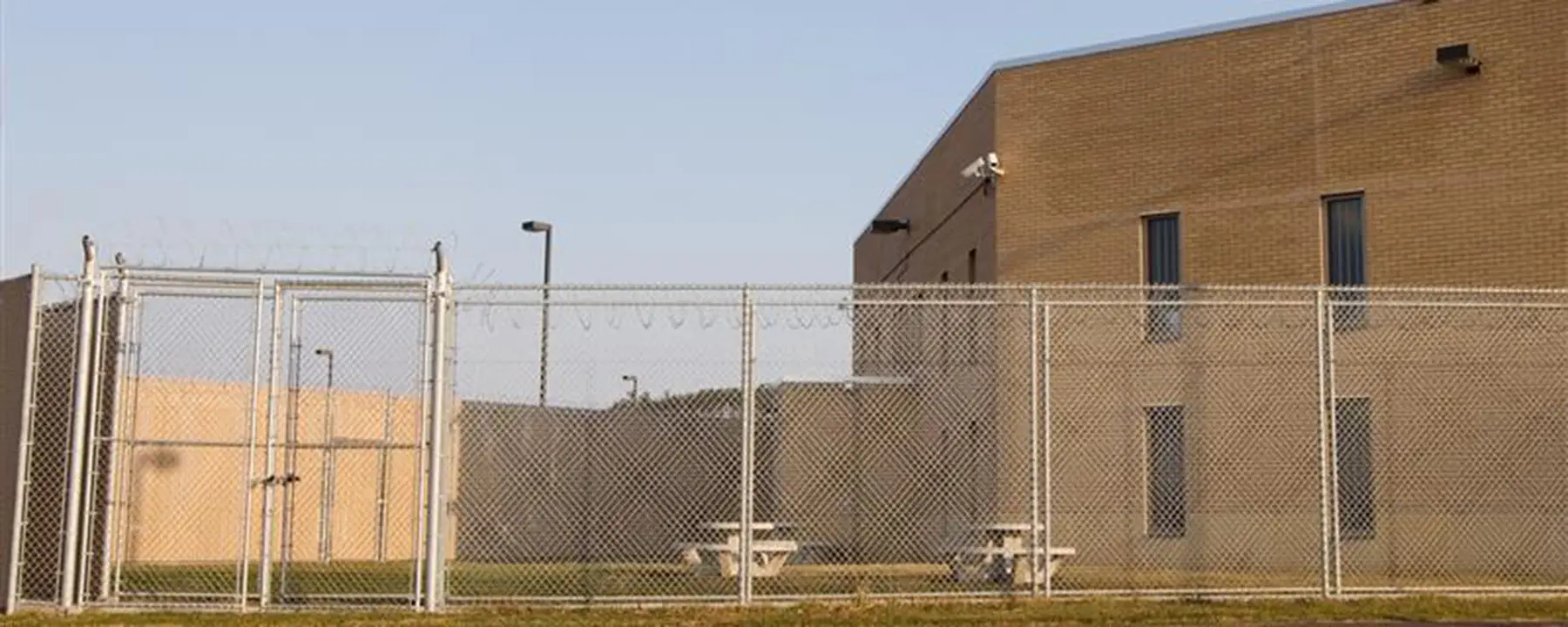Objective
To gain a better understanding of how illicit drugs enter prison systems and evaluate the effectiveness of different interdiction strategies.
Approach
Researchers used Oregon’s COVID-19 policy changes—which restricted visits, nonessential staff, and prisoner movement—as a natural experiment, analyzing urinalysis test results and drug misconduct reports across 14 facilities.
Impact
Study findings indicated significant reductions in drug use and misconduct when key supply routes were closed, offering public sector leaders the evidence needed to inform more targeted and balanced prison drug control strategies.
Correctional leaders across the United States continue to grapple with one of the most persistent challenges in prison management: the presence of illegal drugs. Despite rigorous searches, visitor screenings, mail inspections, and staff trainings, drugs continue to infiltrate secure facilities, undermining safety, rehabilitation, and public trust.
The stakes are high for incarcerated individuals, correctional staff, and communities, since drug use in prison is strongly linked to violence, poor health outcomes, and higher rates of reoffending upon release.
The COVID-19 pandemic presented an unexpected opportunity to learn more about how drugs enter prisons—a problem that has previously lacked reliable data. In March 2020, the Oregon Department of Corrections (DOC) implemented restrictions to slow the spread of the coronavirus, including suspending visits, limiting entry to only essential staff, halting work-release assignments, and sharply curbing prisoner movement within and across facilities. While designed as a public health measure, these policies also disrupted several known drug supply routes.
Researchers from RTI International, the University of Central Florida, and the Oregon DOC used this opportunity to conduct a natural experiment to assess how these policy changes affected drug availability inside Oregon’s prisons.
Assessing Availability of Drugs in Prison
Illicit drugs in prison pose multiple threats, including:
- Health risks – The use of opioids, stimulants, and other substances can exacerbate existing health challenges, increase overdose risk, and strain limited medical resources.
- Institutional safety – Drug use can fuel violence, debt, and misconduct, creating dangerous environments for staff and prisoners alike.
- Reentry outcomes – Substance use during incarceration undermines treatment programs, disrupts rehabilitation efforts, and increases the likelihood of relapse and recidivism after release.
Despite significant investments in interdiction strategies, little is known about which entry points are most exploited by drug traffickers. Without system-level data, policymakers face uncertainty about how best to allocate resources—should the focus be on mail scanning technologies, visitor screenings, staff oversight efforts, or other approaches?
A Natural Experiment During COVID-19 to Restrict Drugs in Prisons
When the COVID-19 pandemic began in 2020, Oregon DOC had no choice but to make more restrictive movement and interaction changes overnight. These changes inadvertently closed off three known drug supply routes:
- Visitors – All in-person visits were suspended.
- Nonessential staff – Educators, counselors, and program staff were restricted from entry to prisons.
- Prisoner movement – Work release and many transfers were halted; new admissions faced mandatory quarantines.
The remaining possible entry points—security staff, mail, and perimeter breaches (e.g., drones, fence drops)—remained in place.
Researchers from our team used this shift as the basis for conducting an interrupted time-series analysis across 14 state facilities housing ~15,000 prisoners. We analyzed 18 months of data from July 2019–December 2020, drawing from two sources:
- Urinalysis results – Both random (∼180 per month) and suspected (∼560 per month) drug tests, covering 12 substances.
- Disciplinary misconduct reports – Any confirmed infraction related to drug possession, use, or distribution.
By comparing data before and after March 2020, and controlling for seasonality and statistical noise, the study isolated the effect of COVID-19 policy changes on drug activity.
Our analysis also distinguished between:
- Larger/high-security (“Big 6”) vs. smaller/low-security (“Other 8”) facilities
- Urban vs. rural locations
This design provided a rare systemwide look at how drugs flow into prisons and how policy shifts influence that flow.
Key Findings Surrounding the Supply of Drugs in Prisons During COVID-19
1. Drug use and misconduct declined significantly systemwide
- Random urinalysis positivity dropped from ~3% to significantly lower levels after policy changes.
- Suspected test positivity (previously ~9%) also decreased sharply.
- Drug-related misconduct reports fell by an average of 72 incidents per month across the system
2. Effects were strongest in larger, higher-security facilities
The ‘Big 6’ prisons, which house most of Oregon’s incarcerated population, showed consistent and statistically significant reductions across all measures. Smaller facilities saw less pronounced changes.
3. Urban vs. rural patterns diverged
Both West (urban) and East (rural) ‘Big 6’ facilities experienced declines, but rural facilities recorded especially steep drops in suspected drug test positivity. This suggests that urban proximity may continue to provide traffickers with more opportunities to adapt.
4. Even under lockdown, drugs still entered prisons
Despite near-total closure of visits, staff access, and prisoner transfers, positive drug tests and misconduct did not disappear. This points to continued trafficking through remaining routes, such as mail, perimeter breaches, and potentially security staff, and the need for comprehensive mitigation strategies that address all known entry points.
Investments in visitor screening technologies, digitized mail systems, and staff oversight could yield significant returns in drug use and access reduction.
Implications for Future Drug Policy and Practice Decisions
This study with Oregon DOC demonstrates how large-scale policy changes can shed light on persistent institutional challenges. The COVID-19 pandemic created a unique opportunity for evaluating drug supply and access routes in correctional systems. When major supply routes were closed, drug use and misconduct declined. Yet the persistence of contraband, even under strict lockdown conditions, shows that traffickers are highly adaptive, and no single policy change will solve the problem.
Continuing to study the issue and expanding this type of systemwide data collection nationally could provide correctional leaders with critical intelligence on contraband trends. Policymakers should focus on research that asks which combinations of security, staff training, technology, and rehabilitative programming most effectively minimize harm while incarcerated and prepare individuals for return to society.
Access the full publication for complete facility-level findings and more on the statistical methods and analyses.
- Oregon Department of Corrections (DOC)
- University of Central Florida


